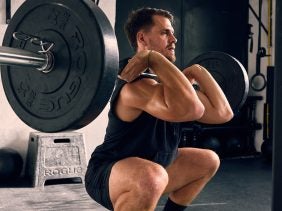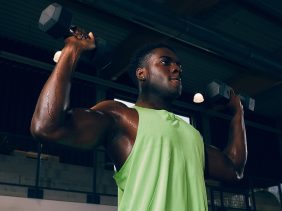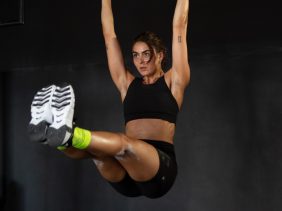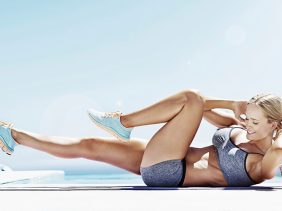Hate Squats? These exercises are as efficient
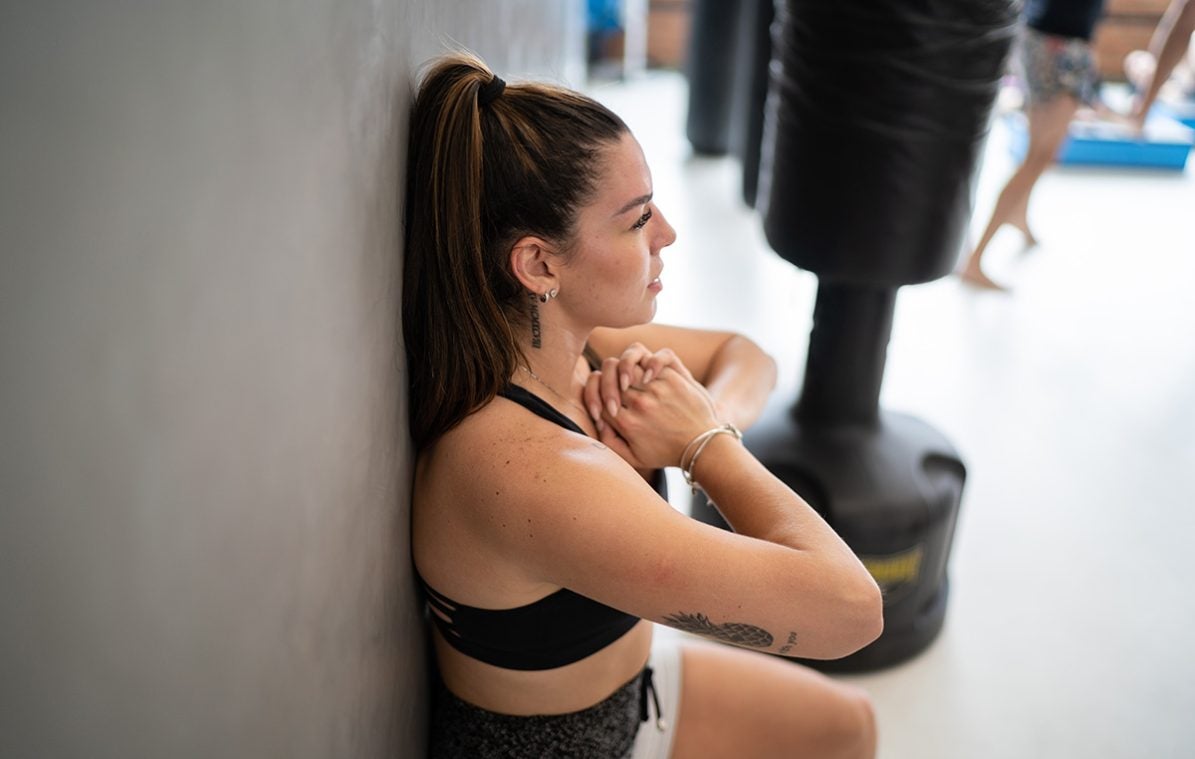 ©FG Trade
©FG Trade
If you want to exercise your thigh muscles and glutes, it’s hard to avoid squats. They are THE exercise to strengthen your legs, and that’s why they’re a perennial favorite in workout plans. But if you’re at all like me, you’d rather steer clear of squats. The good news is that you can effectively train your legs and glutes while giving squats a miss. We’ve got seven alternative exercises for you that can easily compete with squats.
Training is of course only one side of the coin when you want to get your body in shape. The other is diet. Muscle growth can only occur if you consume enough nutrients. One great post-workout meal with everything your body needs is our Whey Protein.*
Here are seven effective alternatives to squats:
#1 Lunges
Along with squats, lunges are another classic leg exercise. Like squats, they also train your core. A big advantage that lunges have over squats is that you work unilaterally: on one side at a time. This demands even more from your deep muscles to be able to stabilize your body.
Muscles: quads, core
Breathing: inhale while bending, exhale while returning to starting position
Remember: don’t let your front knee go further forward than your ankle, and keep your torso upright
#2 Curtsy Lunges
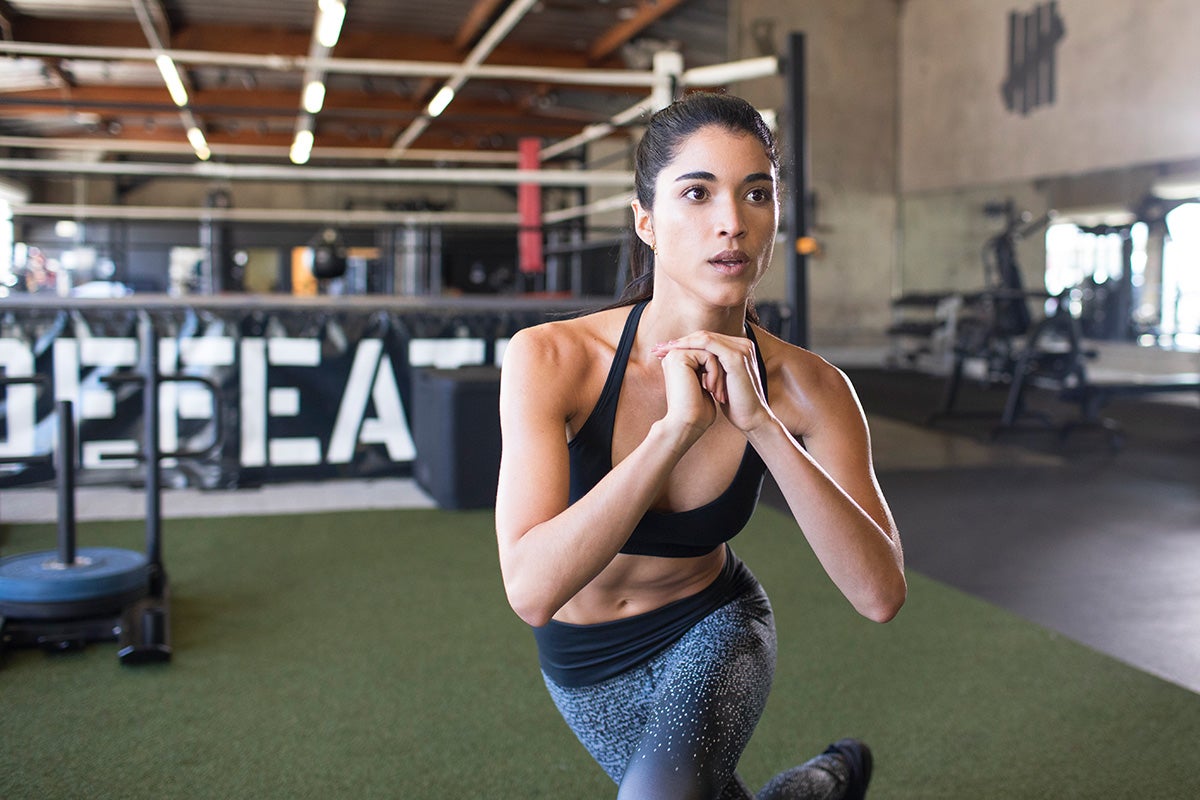
The curtsy lunge is a version of the classic lunge. It gives the outer sides of your legs and glutes a better workout. The core must also be involved in this unilateral exercise — it’s perfect for developing a six-pack!
Muscles: quads and glutes, core
Breathing: inhale while bending, exhale while straightening up
Remember: don’t let your front knee go further forward than your ankle, let your back knee touch the ground next to your front heel, and keep your torso upright
The Best Way to Recover after Training Replenish your body with all the important amino acids, like the ones in our Recovery Aminos.
#3 Donkey Kicks
Donkey kicks are the ultimate kick starter for your glutes. They strengthen the entire backside. Tip: Here are some even more effective glute exercises.
Muscles: hamstrings, glutes, lower back
Breathing: inhale while lowering, exhale while lifting
Remember: Flex your feet and thrust your ankles upwards, keep your core engaged, avoid hollowing your back.
#4 Side Leg Raises
Want to give your thighs an all-over burn? Then don’t forget about side leg lifts! Squats on their own can’t work on outer quads.
Muscles: outer quads
Breathing: inhale while lowering, exhale while lifting
Remember: align your shoulders and pelvis, extend your leg fully
#5 Reverse Hyperextensions
This hyperextension version is a real burner that outshines squats. For this you have to lie on your stomach, bend your legs and lift your thighs off the floor — ouch!
Muscles: hamstrings, glutes, lower back
Breathing: inhale while lowering, exhale while lifting
Remember: rest your upper body and forehead on the floor, keep your leg movements slow and controlled
#6 Glute Bridge
Another classic lower body exercise is the glute bridge. As with squats, you effectively train your glutes and hamstrings.
Muscles: hamstrings, glutes, lower back
Breathing: inhale while lowering, exhale while raising
Remember: thrust your buttocks all the way up and keep them off the ground when lowering, keep your shoulders and heels firmly on the ground
#7 Wall Sits
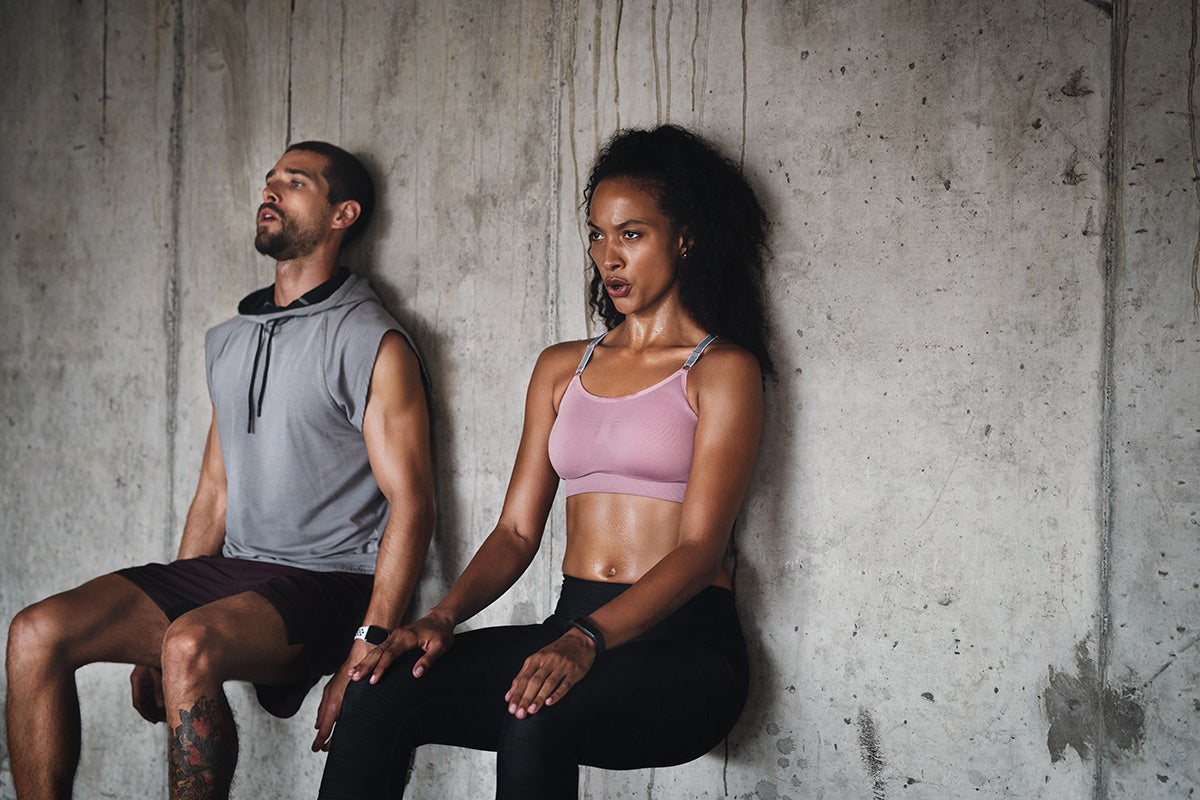
The wall sit is another killer exercise for the thighs, calves and glutes. We can’t guarantee that you’ll still be able to walk after this holding exercise!
Muscles: quads and glutes, calf muscles
Breathing: inhale and exhale without interruption
Remember: Keep your back straight and touching the wall, press your heels firmly into the floor, keep your knees above your ankles, and legs at 90-degree angles.
More things to know from foodspring:
*Proteins contribute to muscle growth.
Sources for this article
We at foodspring use only high-quality sources, including peer-reviewed studies, to support the facts within our articles. Read our editorial policy to learn more about how we fact-check and keep our content accurate, reliable, and trustworthy.
























